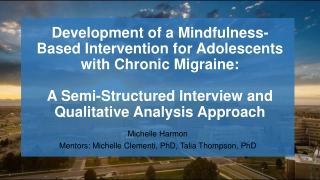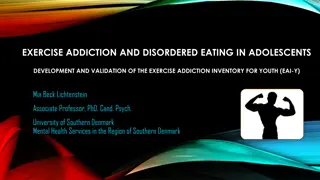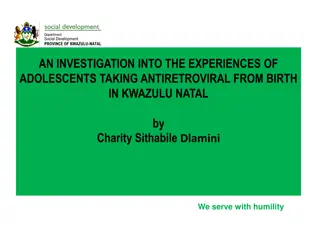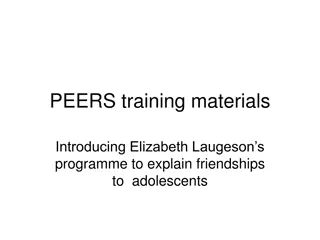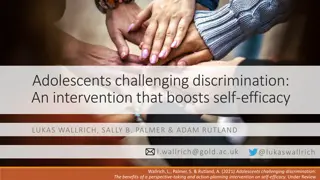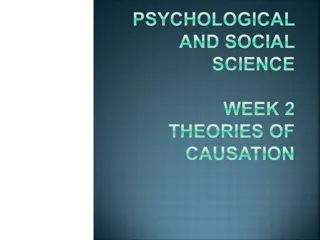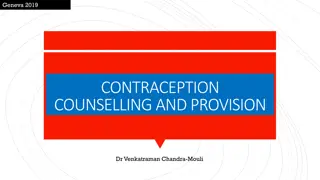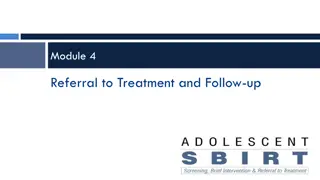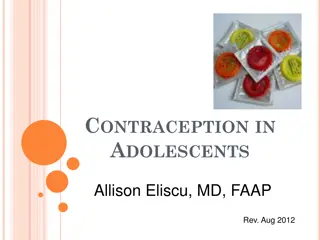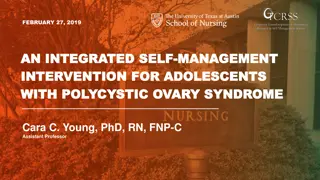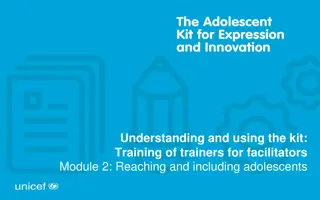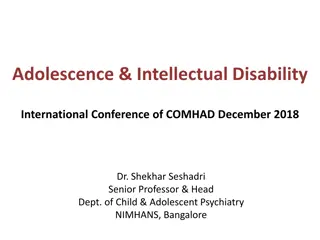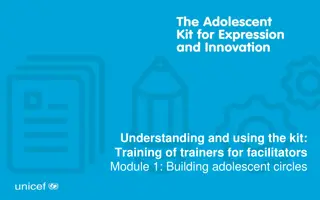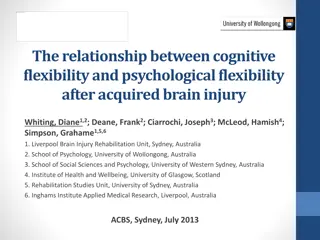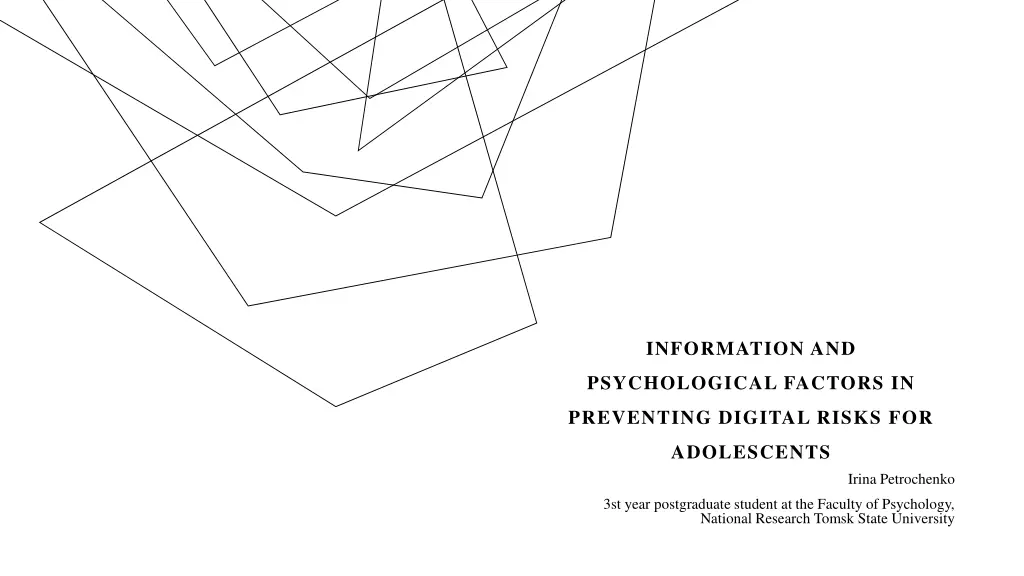
Preventing Digital Risks for Adolescents: Factors and Findings
Explore how emotional intelligence and critical thinking play crucial roles in mitigating destructive online behavior among adolescents, reducing cyberbullying, cyber aggression, and trolling. Research methods, results, and implications are discussed.
Download Presentation

Please find below an Image/Link to download the presentation.
The content on the website is provided AS IS for your information and personal use only. It may not be sold, licensed, or shared on other websites without obtaining consent from the author. If you encounter any issues during the download, it is possible that the publisher has removed the file from their server.
You are allowed to download the files provided on this website for personal or commercial use, subject to the condition that they are used lawfully. All files are the property of their respective owners.
The content on the website is provided AS IS for your information and personal use only. It may not be sold, licensed, or shared on other websites without obtaining consent from the author.
E N D
Presentation Transcript
INFORMATION AND PSYCHOLOGICAL FACTORS IN PREVENTING DIGITAL RISKS FOR ADOLESCENTS Irina Petrochenko 3st year postgraduate student at the Faculty of Psychology, National Research Tomsk State University
The modern digital environment provides children and adolescents with ample opportunities for communication and development, at the same time creating various information and psychological risks: cyber aggression, cyber bullying, trolling and Internet addiction; these negatively impact constructive communicative behavior and psychological health of adolescents. In this regard, studying factors that can reduce manifestation of destructive behavior of adolescents on the Internet is of particular importance. RELEVANCE 2
The study aims to determine the role of critical thinking and emotional intelligence in preventing destructive communicative behavior of adolescents in the digital environment. PURPOSE OF THE RESEARCH 3
RESEARCH METHODS AND SAMPLING The study involved 270 adolescents aged 13-17 (56% girls, 44% boys) The following psychodiagnostic instruments were employed in the study: D. Kincher s Critical Thinking Test; D.V. Lyusin s EmIn: Emotional Intelligence Test; The Orientation of Personalityin the Internet space questionnaire (R.I. Zekeryaev); The Typology of Cyber Aggression (S.S. Antipina); The Cognitive Mechanisms of Communicative Behavior in the Internet Space Questionnaire (Luchinkina). The data were analysed with the following statistical methods: Spearman s rank-order correlation coefficient; multiple regression analysis. 4
BASIC RESULTS Table 1. Correlation Coefficients Between Emotional Intelligence, Critical Thinking, and Digital Risks Cyberbullying Variables Cyber Aggression Trolling Emotional Intelligence Critical Thinking -.47 -.41 -.36 -.53 -.45 -.39 Note. All reported coefficients are significant at p < .01 (two-tailed). A high level of emotional intelligence and developed critical thinking significantly reduce adolescents' engagement in cyber aggression, trolling, and cyberbullying, indicating their protective role against digital risks (p < .01). Emotional intelligence helps adolescents regulate their emotional reactions online, reducing impulsive behavior, while critical thinking allows them to analyze information critically, avoiding conflicts and aggressive interactions. Both competencies significantly decrease digital risks. 5
BASIC RESULTS Table 2. Multiple Regression Analysis Predicting Constructive Communicative Behavior in Digital Environment t p Predictor Emotional intelligence .29 4.12 < .001 Critical thinking .42 5.67 < .001 Internet orientation (risk) -2.95 .004 -.18 Note. R = .38, F(3, 266) = 55.3, p < .001. standardized regression coefficient; t t-statistic; p significance level. The regression analysis demonstrated that emotional intelligence ( = .29, p < .001) and critical thinking ( = .42, p < .001) significantly predicted adolescents' constructive communicative behavior online. Conversely, risk-oriented internet behavior negatively influenced constructive interactions ( = -.18, p = .004). The model explained 38% of the variance, underscoring the strong protective roles of emotional intelligence and critical thinking against digital risks. 6
Developing emotional intelligence and critical thinking of adolescents helps reduce digital risks and increase the constructiveness of communication on the Internet. Preventive programs aiming to develop these competencies are crucial for modern educational and psychological practice. CONCLUSION 7

